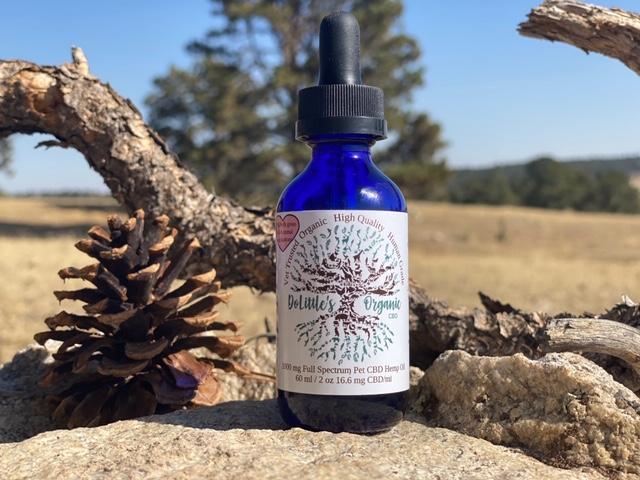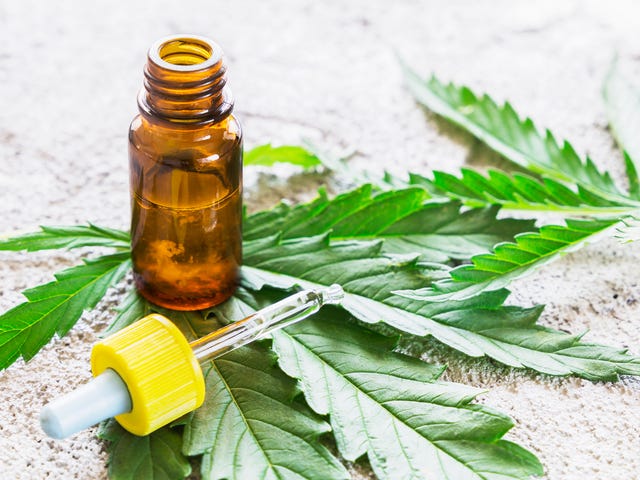
Hemp Awareness and Education
Hemp, a versatile plant with a rich history, has faced its fair share of misconceptions and misunderstandings. This article aims to promote awareness and education surrounding hemp, shedding light on its uses, and benefits, and dispelling common misconceptions that have contributed to its stigmatization.
1. Understanding Hemp vs. Marijuana:
- Distinct Varieties: Hemp and marijuana are both varieties of the Cannabis sativa plant, but they have distinct characteristics. Hemp is cultivated for industrial purposes and contains low levels of THC, the psychoactive compound found in marijuana.
- Industrial Uses: Hemp is prized for its diverse applications, including textiles, paper, food, and building materials, making it a valuable agricultural commodity.
2. Hemp as an Agricultural Crop:
- Sustainable Farming: Hemp is known for its sustainability, requiring minimal water and pesticides compared to other crops. Its deep roots also contribute to soil health and prevent erosion.
- Crop Rotation Benefits: Hemp can be an essential part of crop rotation, helping to break pest cycles and improve soil fertility.
3. Nutritional Benefits of Hemp:
- Rich in Nutrients: Hemp seeds are a nutritional powerhouse, containing essential fatty acids, protein, and a range of vitamins and minerals.
- Balanced Omega Fatty Acids: Hemp provides an ideal balance of omega-3 and omega-6 fatty acids, promoting heart health and overall well-being.

4. Environmental Impact:
- Carbon Sequestration: Hemp cultivation has the potential to sequester carbon dioxide, playing a role in mitigating climate change.
- Biodegradable Products: Hemp-based products are often biodegradable, contributing to the reduction of environmental pollution.
5. Industrial Applications:
- Textiles and Fabrics: Hemp fibers are durable and environmentally friendly, making them suitable for textiles, clothing, and accessories.
- Building Materials: Hemp can be used in construction materials, such as hempcrete, providing a sustainable alternative to traditional building materials.
6. CBD and Medicinal Uses:
- Non-Psychoactive Cannabinoid: CBD (cannabidiol) is a non-psychoactive compound found in hemp, recognized for its potential therapeutic benefits.
- Research and Health Applications: Ongoing research explores CBD’s potential in managing various health conditions, including anxiety, pain, and epilepsy.
7. Legal Status and Regulations:
- Changing Landscape: Hemp’s legal status has evolved, with many countries recognizing its industrial and medicinal potential. It’s crucial to stay informed about local regulations.
- Global Market Growth: The global hemp market is expanding, driven by increasing awareness, changing attitudes, and the recognition of hemp’s economic and environmental benefits.
8. Community Education Initiatives:
- Workshops and Events: Community workshops and events play a vital role in educating the public about hemp. These initiatives help dispel myths and provide accurate information.
- Supporting Hemp Farmers: Supporting local hemp farmers and businesses contributes to the growth of the hemp industry and fosters a deeper understanding within communities according to Hemponix.
Embracing the Versatility of Hemp
Hemp, with its myriad uses and benefits, deserves a place in the spotlight for its potential to positively impact industries, the environment, and human well-being. By dispelling misconceptions and promoting education, we can foster a greater understanding of hemp’s versatility and contribute to its widespread acceptance as a valuable and sustainable resource.









